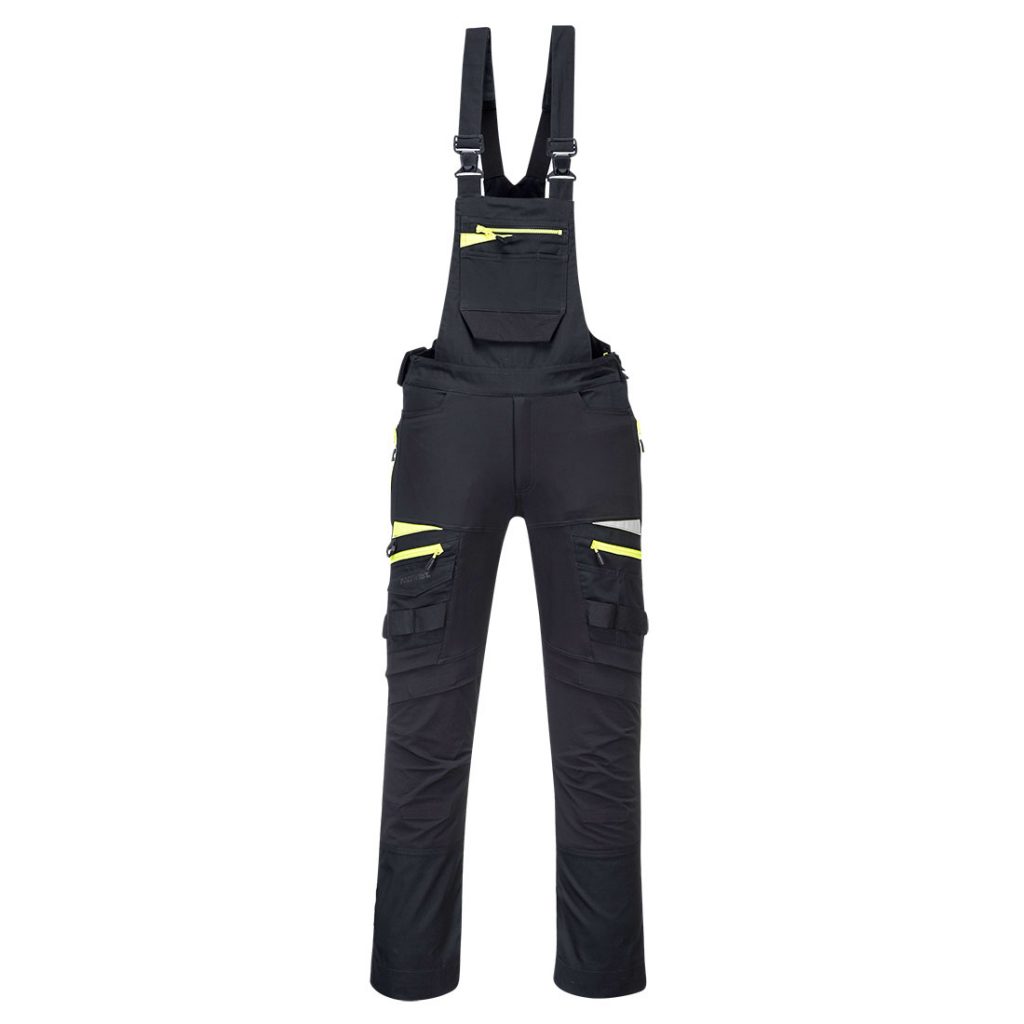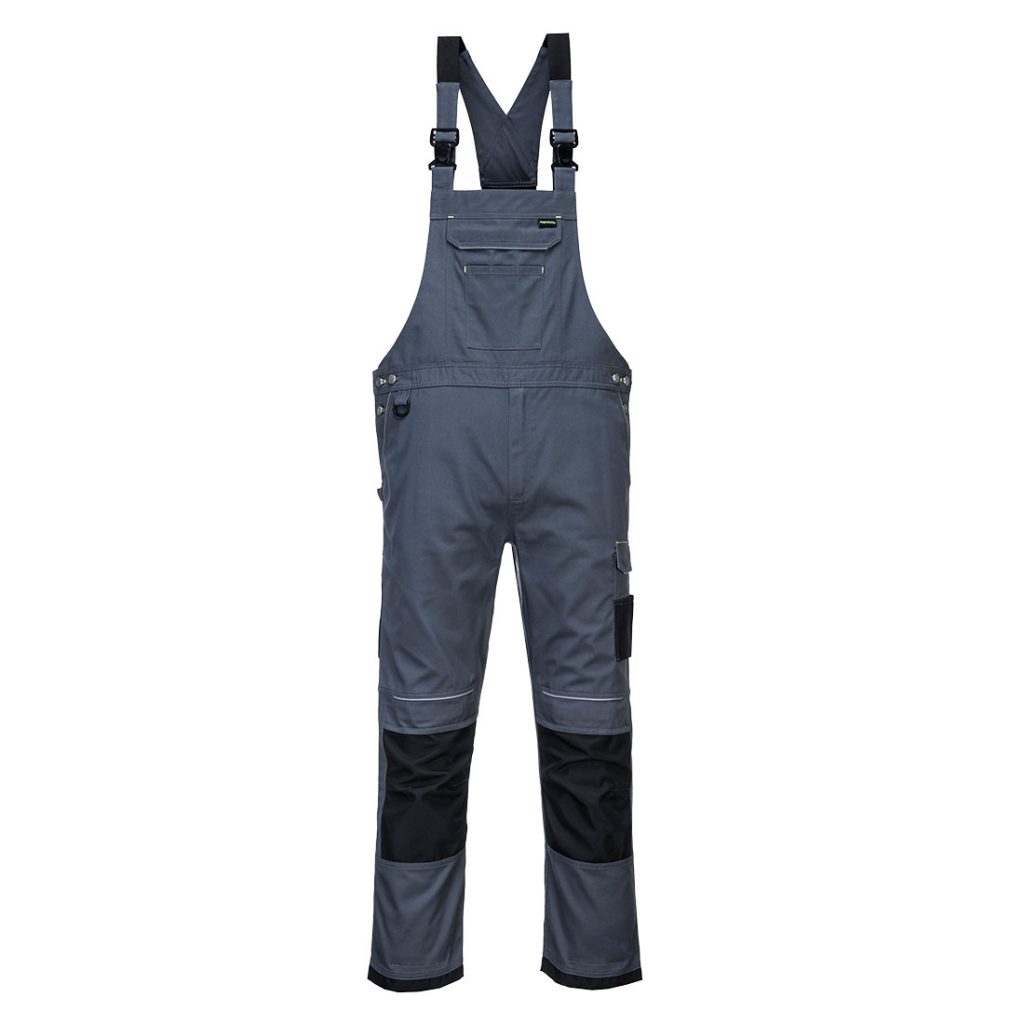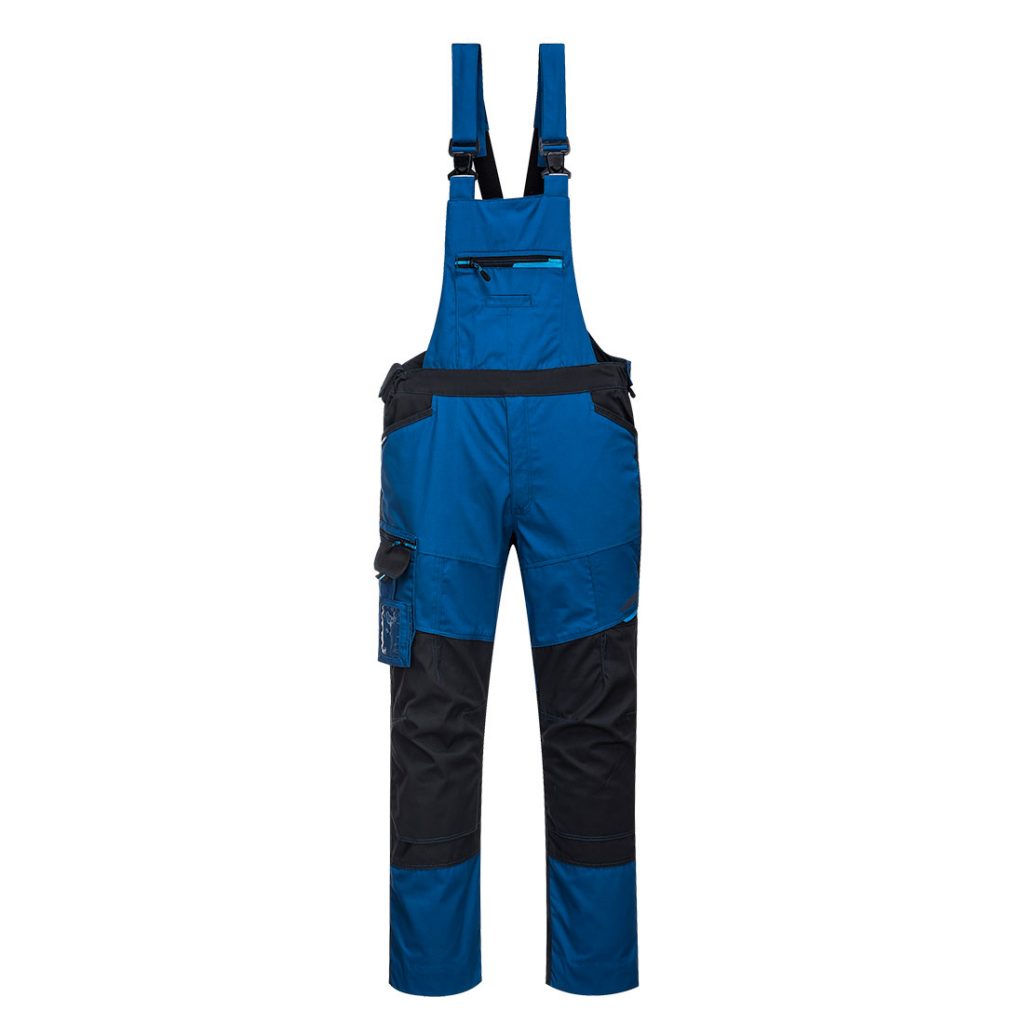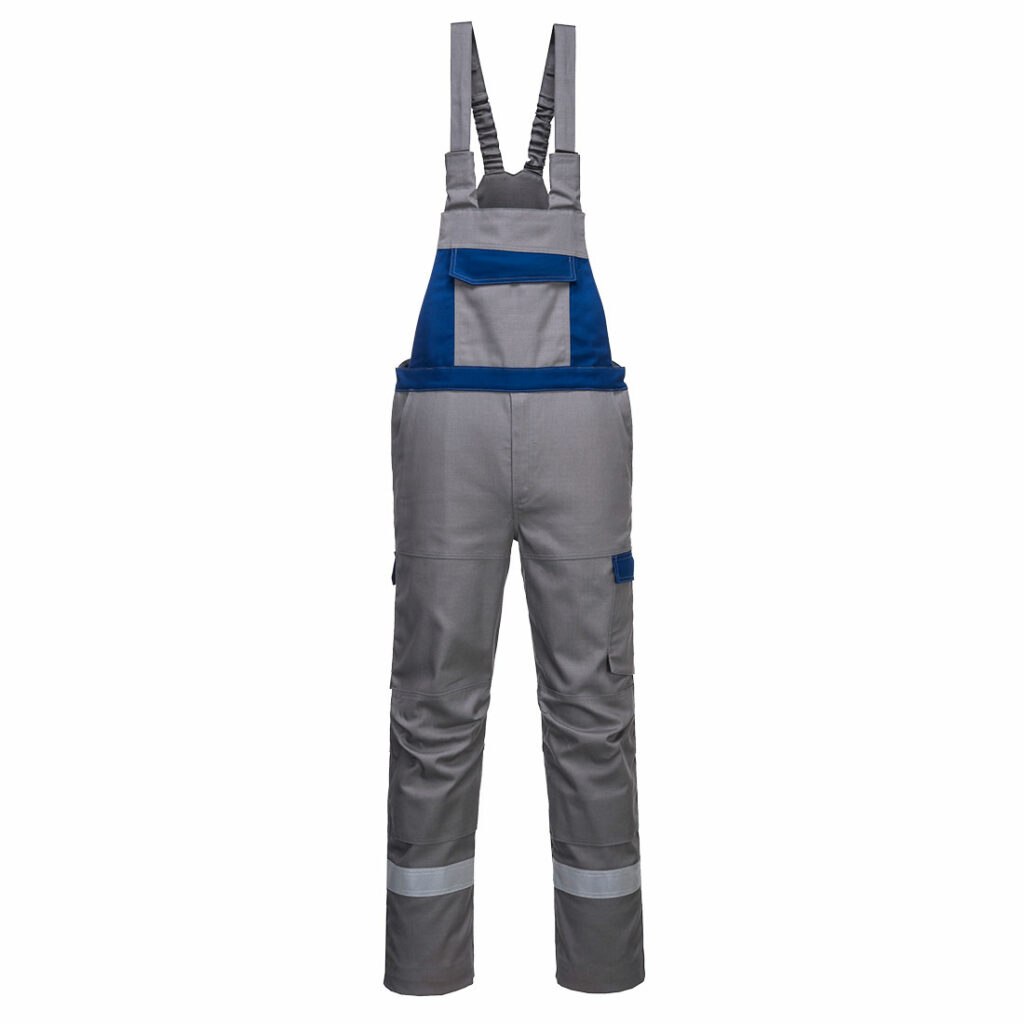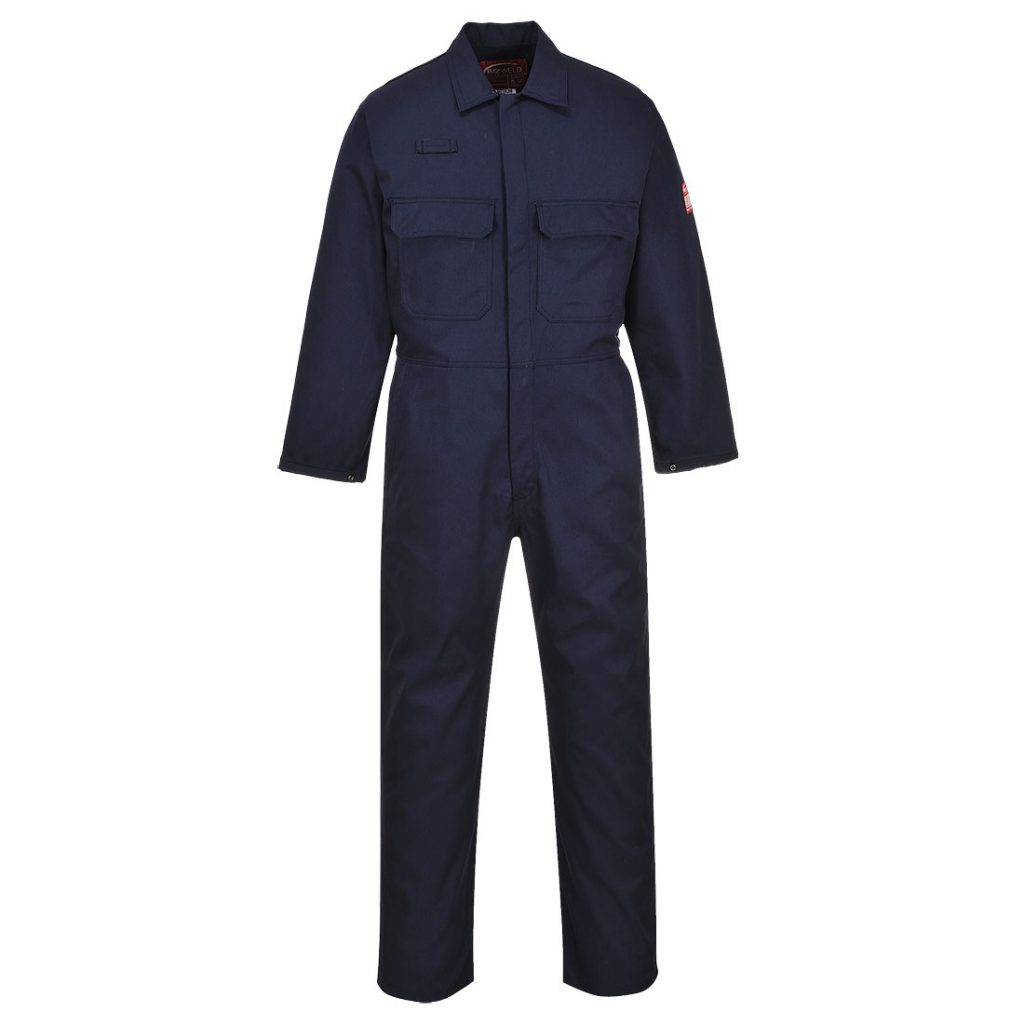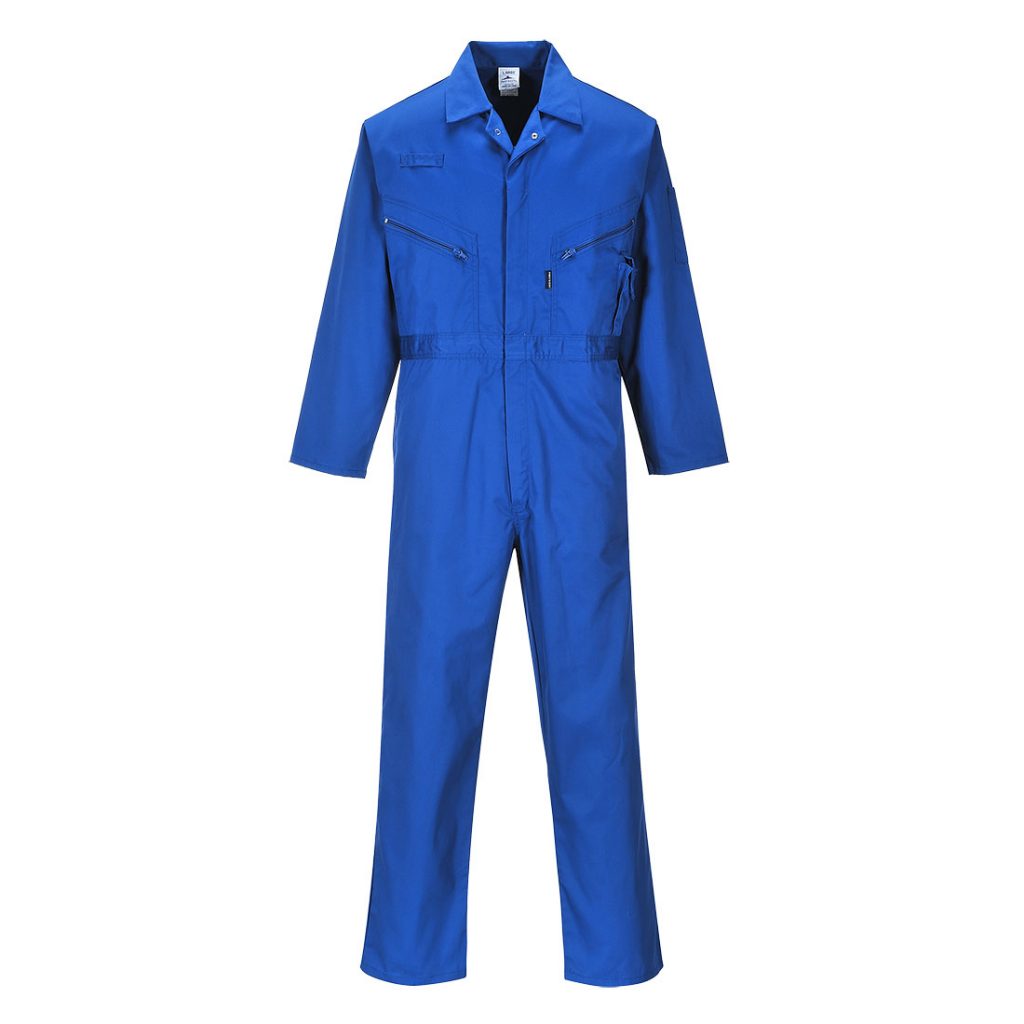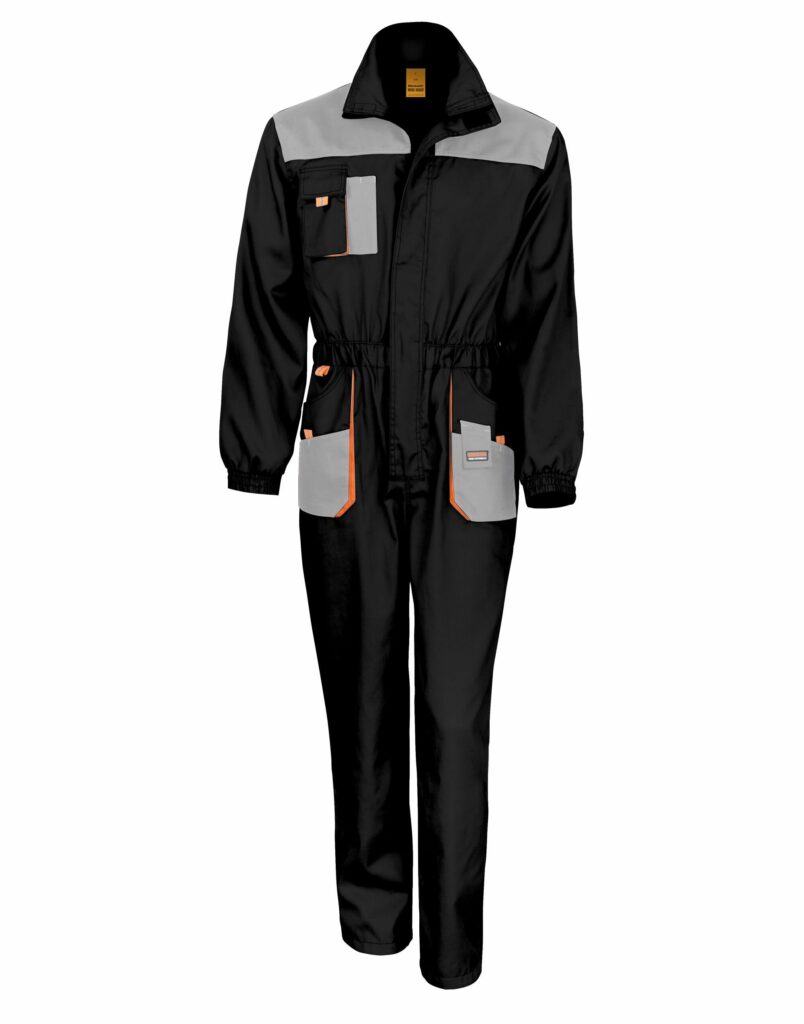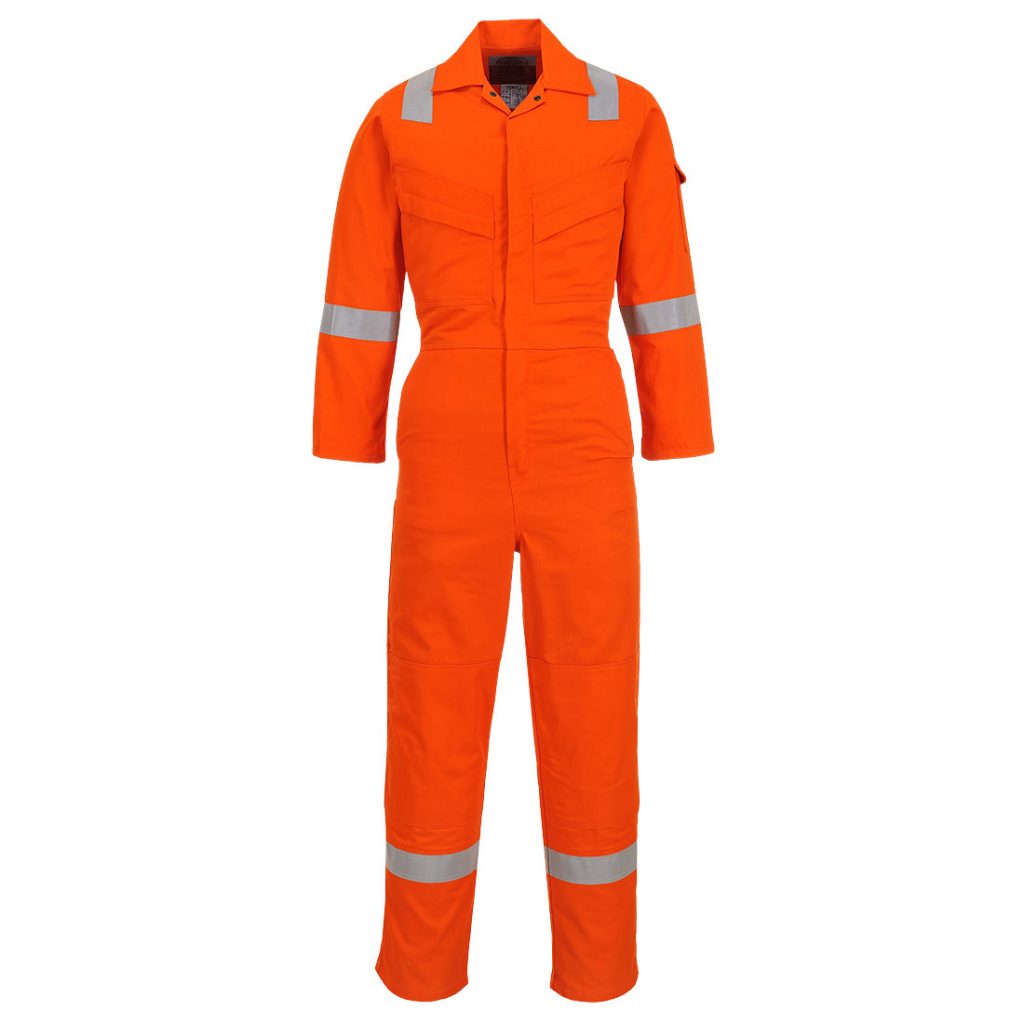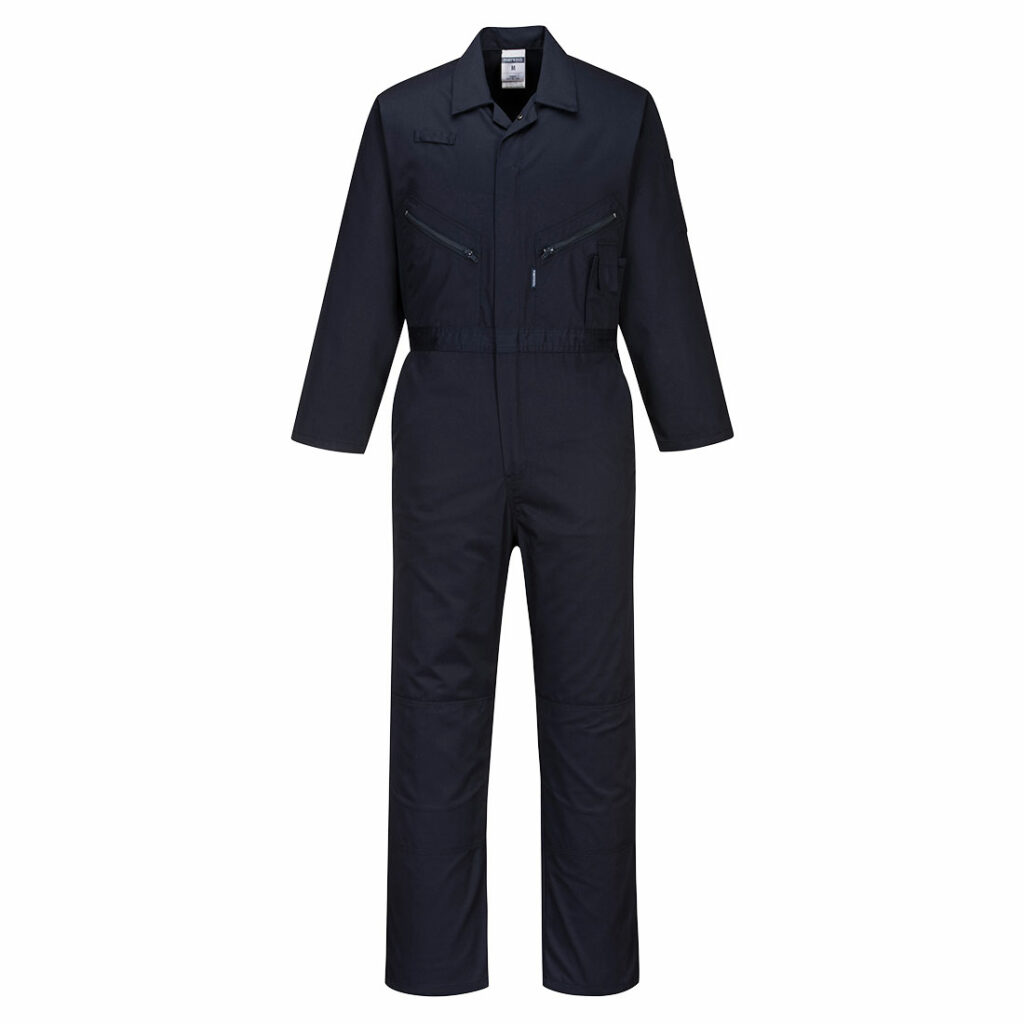Coveralls vs Overalls: What's the Difference?
There is a common misconception that the only difference between a coverall and an overall is regional: a British word versus an American one, but this is not true...
- Page Contents
- Are they interchangeable?
- What are Overalls?
- What are Coveralls?
- History of the Coverall
- Do you need Overalls or Coveralls?
Are Coveralls and Overalls Interchangeable?
In the British workwear industry, the words seem to be interchangeable. Search on any (other) workwear website for either term, and what you will find is the definition of ‘overall’ for both (i.e. a workwear garment that covers the torso, arms and legs).
For instance, "Engineer's overalls" are generally a coverall due to the hazards of oils and swarf in engineering.
XAMAX® work hard to ensure we use the correct terminology for Overalls and Coveralls because we believe things like that matter.
What are overalls? - trousers with a bib, holder, and loose straps for use over your normal clothes - they do not cover the arms
What are coveralls? - a one-piece protective wear worn for heavy, manual work
You may think that whether you call them overalls, coveralls, a jumpsuit, or even a boilersuit, it doesn't really matter so long as you get the garment you actually need for your work. But if you don't get it right, you might find yourself ordering the wrong work wear, especially over the phone.
Starting with the dictionary definitions: a ‘coverall’ will refer to the full body-suit garment, and ‘overall’ the garment that clips over the shoulders, here are the uses of the two:
What are Overalls?
Overalls have historically been associated with farmers and railway workers in the US. Modern usage sees painters, farmers, factory workers, train locomotive engineers, carpenters, and other tradesmen wearing bib & brace overalls.
Overalls gained popularity in the 60s and 70s as fashion statements, and deviated from traditional denim into other colours and embellishments. They made a comeback in the 90s around the world as a fashion development. But we don't talk about fashion much around here, we talk about work and work wear.
"Bib & Brace" overalls are becoming more and more popular in the UK. So popular infact, that workwear and safety manufacturers are slotting a bib & brace into almost every workwear range. Portwest have an excellent selection of overalls across all their most innovative ranges. It started with the WX3 and KX3 ranges, moved into the DX4 range and now you'll even find flame retardant Hi vis overalls in their PW3 range.
Overalls are used especially in trades such as Carpentry and Joinery. They offer no restriction in upper-body movement so are perfect for hands on trades. In the same vein, they offer no more protection to the upper body than an apron, so you may need to think about a coverall if you need full body coverage.
What are Coveralls?
Many industries use coveralls to protect workers from some form of harm or dirt. Some are designed for warmth, breathability, and/or protection (i.e. water resistance, thermal insulation, hazmat, fire/flame/heat retardancy, and so on), depending on what your industry needs.
Coveralls are used by workers ranging from engineers to fabricators to factory workers to medical professionals and firefighters.
Factory coveralls are mostly designed to be breathable, comfortable and durable. They protect the body and the clothes underneath from harm/damage in heated, cold or hazardously dirty factory conditions.
A Short History of the Coverall
Coveralls are also used for military purposes, such as in flight suits and have been used since the beginning of World War II. When aviation was developed, the cockpits were unheated - with low-oxygen, high altitude flying - so pilots needed warm clothing with multiple buttoned pockets, snaps or zips to prevent them from losing articles when in flight. There's nothing worse than losing your pen when performing manoeuvres.
Well, maybe there is, but we don't want to know about it.
Pilots first wore leather that protected them from debris, insects, abrasions when climbing out after landing (or jumping way before they get anywhere near the ground) and of course, oil from the rotary. Leather was durable, but not a perfect solution. Australian aviator, Frederick Sidney Cotton, developed the “Sidcot” flying suit in 1917, which kept pilots warm and provided ample storage. It was hugely popular, and was the forerunner of the modern flying suit.
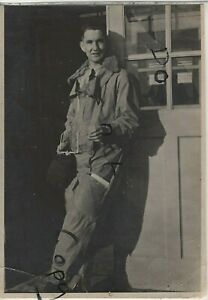
Thus, the coverall was born. And they've used in all sorts of industries and sectors since. From industry and engineering to public service.
Coveralls in Industry and Engineering
Historically, coveralls were worn by men maintaining coal-powered boilers. Since these men had to climb into the firebox of a steam train where coal was shovelled in, having a garment with no gap in the middle stopped soot from entering the lower half of the clothing. It also prevented waistbands snagging as a person manoeuvred inside a tight space as well as coat tail snags as they exited backwards.
Hence the term "Boilersuit".
Nowadays, coveralls are used for a range of industrial purposes, ranging with treatments for anti-static, flame spread resistant properties, different colour options, and accessories.
Coveralls in Service
You can find coveralls in the medical industry in the form of disposable coveralls that protect the wearer from chemical and biological dangers. For modern purposes, the garment can be worn alone or over clothing to protect both the clothes and the body.
Do you need Overalls or Coveralls?
Whether you call them ‘overalls’ or ‘coveralls,’ these garments have a rich history, but make sure you choose one that provides the right kind of protection for your specific job.
If you need help deciding which coveralls to purchase for your needs - or any workwear garment - Please contact XAMAX® on 01924 266668







